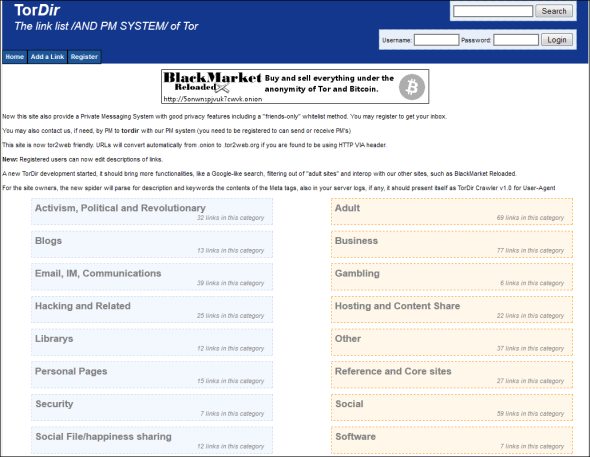

This, however, makes it quite slow and tricky to handle also the sites often go down, making it an inefficient tool for general browsing, although some people who just REALLY care about their privacy use it for such means. Its browser provides access to hidden websites, suffixed “.onion ”, for a domain (instead of “.com”, “.org”, etc.) This is possible because Tor encrypts the data several times and casts it through a great number of networking nodes, rendering it virtually untraceable. The Onion Router (aka TOR) is a system developed to guarantee online anonymity, the name of which stands as a metaphor for the onion-like layers of safekeeping employed to conceal the user’s location and identity, eluding all monitoring activities. Still, that’s only the portion of it that the Surface Web enables us to access if you wish to go deeper, you’ll need to learn the ways of TOR.

This brings me to what I said earlier about us all unknowingly accessing the Deep Web daily: when we log into our emails, transfer money, use bitcoin, upload a private Facebook photo, or illegally stream (even torrent) audiovisual material we are, in fact, making use of the Deep Web. The next question should be: what kind of material does the Deep Web contain? The answer is quite simple, the Deep Web encompasses all of the information and sources that can’t be found on the World Wide Web by regular search engines, such as Google, Yahoo, or Bing! These engines employ a software called “Crawlers”, which can only find catalogued data, but can’t access anything behind a paywall, CAPTCHAs, dynamically generated content (meaning it doesn’t possess a permanent URL), “4chan” domains, or whatever stands beyond a password.


 0 kommentar(er)
0 kommentar(er)
